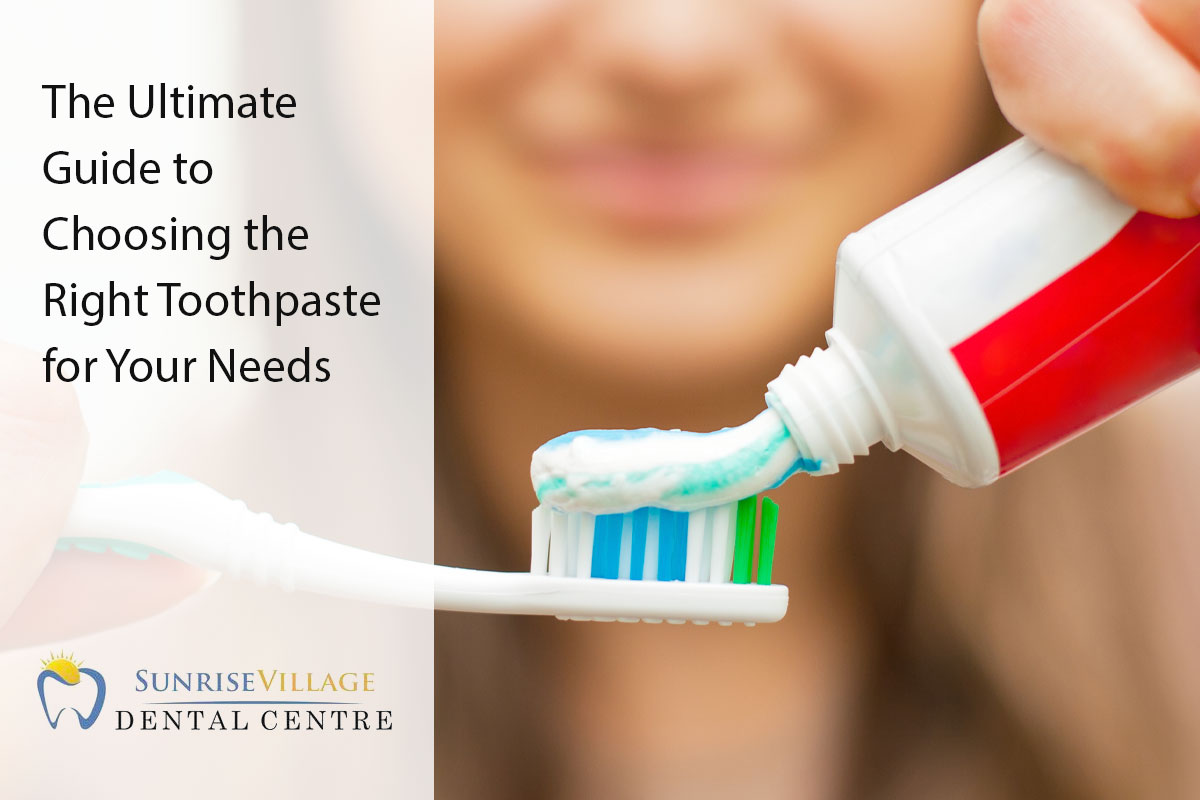
A bright and healthy smile is something that everyone desires, and choosing the right toothpaste is a crucial step in achieving it. With so many options available in the market, it can be overwhelming to choose the right one that caters to your specific dental needs. From sensitive teeth to whitening, from fluoride to natural ingredients, there are various factors to consider when selecting the perfect toothpaste for you. But don’t worry, we’ve got you covered! In this ultimate guide, we will explore everything you need to know about choosing the right toothpaste for your needs.
Understanding toothpaste ingredients
Toothpaste contains a combination of various elements that work together to maintain the cleanliness and protection of teeth. It is crucial to have knowledge about these components while choosing the appropriate toothpaste for individual requirements. The primary active constituents of toothpaste include fluoride, baking soda and hydrogen peroxide. Fluoride is a mineral that reinforces tooth enamel, making it more resistant to decay. Baking soda serves as a natural abrasive, which helps to eliminate surface stains on teeth. Hydrogen peroxide acts as a bleaching agent that aids to brighten teeth. Other constituents present in toothpaste are abrasives, thickening agents, humectants, sweeteners, and flavours.
Types of toothpaste
In the market, one can find various kinds of toothpaste that are formulated to fulfill specific dental requirements. The following are some of the frequently used toothpaste types:
- Fluoride toothpaste: This type of toothpaste contains fluoride, a mineral that helps to strengthen tooth enamel and prevent cavities. Fluoride toothpaste is recommended for everyone, especially children, who are at a higher risk of developing cavities.
- Whitening toothpaste: This type of toothpaste contains hydrogen peroxide or other bleaching agents that help to remove surface stains on your teeth and make them appear whiter. However, it is important to note that whitening toothpaste only works on surface stains and cannot change the natural color of your teeth.
- Sensitivity toothpaste: This type of toothpaste is designed for people with sensitive teeth. It contains ingredients like potassium nitrate and strontium chloride that help to block the pain signals from reaching the nerves in your teeth.
- Natural toothpaste: If you’re seeking an eco-friendlier and sustainable alternative to regular toothpaste, then using natural toothpaste is a wise choice as it includes natural ingredients such as baking soda, charcoal, and essential oils. It’s important to use such toothpaste for those who prefer organic products.
- Children’s toothpaste: This type of toothpaste is specially formulated for children and contains less fluoride than adult toothpaste. Children’s toothpaste also comes in fun flavors like bubblegum and strawberry to encourage children to brush their teeth.
Factors to consider when choosing toothpaste
To ensure the effectiveness of toothpaste, it is crucial to take into account various factors. These include age, dental needs, preferences, and budget.
- Different age groups require toothpaste with varying levels of fluoride.
- Toothpaste designed for sensitive teeth or cavities may be necessary for individuals with such dental needs.
- Some people may have a preference for natural toothpaste or a specific flavour.
- Toothpaste is available at different price points, making it important to choose one that is affordable.
- It is always advisable to consult a dentist before selecting toothpaste to confirm its suitability for your dental requirements.
How to properly use toothpaste for maximum benefits
Using toothpaste properly is essential in ensuring maximum benefits for your dental health. Here are some tips to help you use toothpaste effectively:
- Use a pea-sized amount of toothpaste on your toothbrush.
- Brush your teeth for at least two minutes, twice a day.
- Spit out the toothpaste after brushing, but do not rinse your mouth with water immediately after as this can wash away the fluoride.
- Replace your toothbrush every three to four months or when the bristles start to fray.
- Avoid brushing too hard, as this can damage your tooth enamel and cause gum recession.
Conclusion
Choosing the right toothpaste is essential for maintaining good oral hygiene and achieving a bright and healthy smile. When selecting toothpaste, it is important to consider your age, dental needs, preferences, and budget. Understanding the ingredients and types of toothpaste available can also help in making an informed decision. Remember to brush your teeth twice a day for at least two minutes each time, floss daily, and visit your dentist regularly for check-ups and professional cleanings. Book an appointment today at Sunrise Village Dental. Call us at (604) 253-2433
